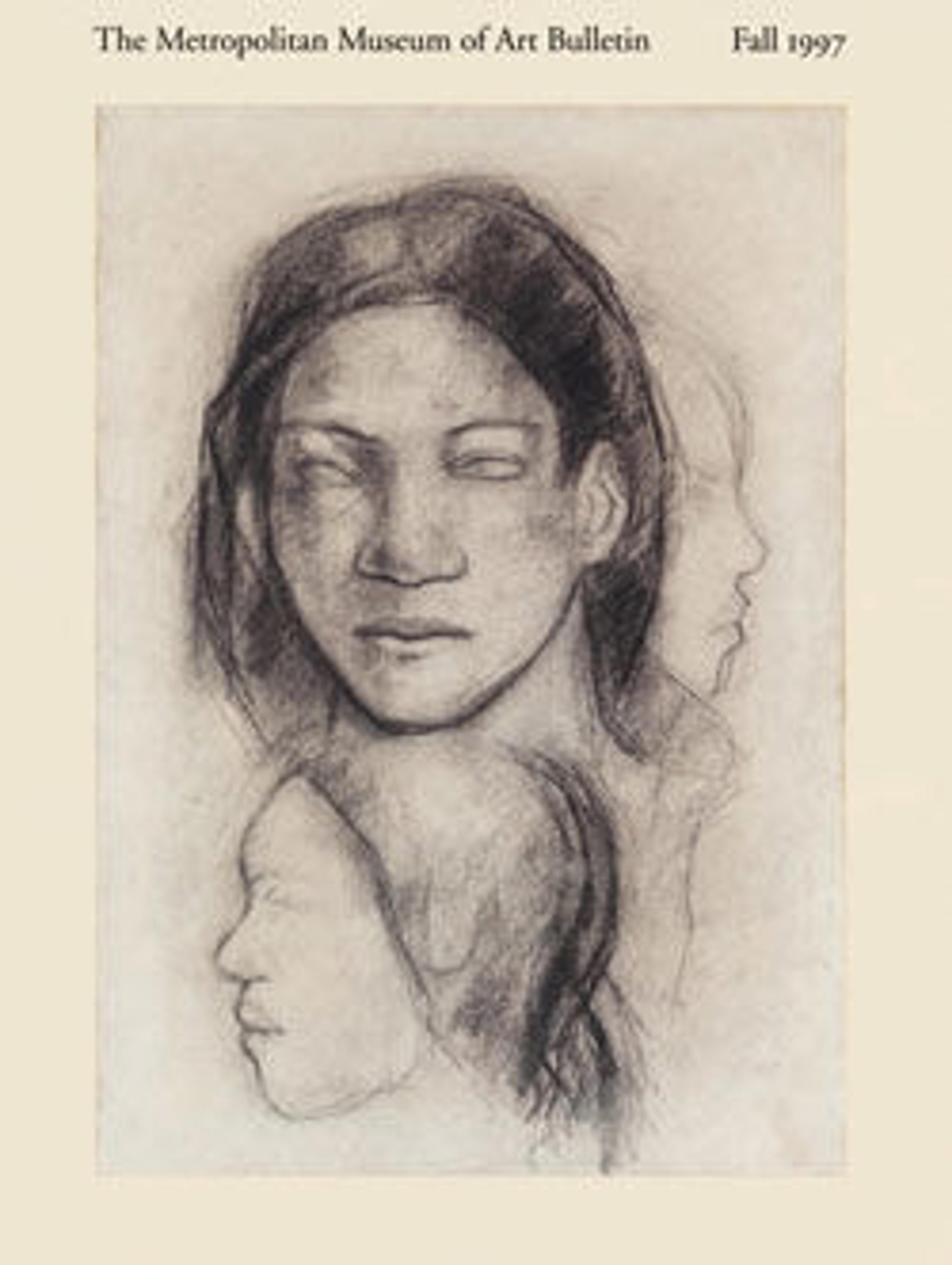Studies of the Christ Child
This animated sheet of studies done from a live model may be dated about 1513–14, to Raphael's mature years in Rome, when his artistic vocabulary focused on the sculptural monumentality of form and the dramatic effect of lighting as compositional devices. At this point in his dazzling career at the papal court, Raphael produced some of his most accomplished drawings in red and black chalks to fulfill his numerous commissions, many of them for paintings of the Madonna and Child.
The medium of chalk, which enables a soft blending of the individual strokes by rubbing with the fingers or a cloth to achieve delicately uniform shadows, was uniquely suited to Raphael's explorations of tone. Here, the artist gives a breathtaking rendition of the infant's dimpled flesh. The Metropolitan Museum study was preparatory for a composition of the Holy Family with the Infant Saint John, known from two painted versions largely executed by Raphael's close assistants (Vienna, Kunsthistorisches Museum and Rome, Galleria Borghese). In this study, one of Raphael's main concerns was to explore the naturalistic movement of the Christ Child's pose. In the final paintings, Christ provides the compositional link among the holy figures, for he stands on his mother's lap and reaches to the boy Saint John the Baptist, who is meant to be kneeling on the left.
(Carmen C. Bambach, 2006)
The medium of chalk, which enables a soft blending of the individual strokes by rubbing with the fingers or a cloth to achieve delicately uniform shadows, was uniquely suited to Raphael's explorations of tone. Here, the artist gives a breathtaking rendition of the infant's dimpled flesh. The Metropolitan Museum study was preparatory for a composition of the Holy Family with the Infant Saint John, known from two painted versions largely executed by Raphael's close assistants (Vienna, Kunsthistorisches Museum and Rome, Galleria Borghese). In this study, one of Raphael's main concerns was to explore the naturalistic movement of the Christ Child's pose. In the final paintings, Christ provides the compositional link among the holy figures, for he stands on his mother's lap and reaches to the boy Saint John the Baptist, who is meant to be kneeling on the left.
(Carmen C. Bambach, 2006)
Artwork Details
- Title: Studies of the Christ Child
- Artist: Raphael (Raffaello Sanzio or Santi) (Italian, Urbino 1483–1520 Rome)
- Date: 1513–14
- Medium: Red chalk
- Dimensions: Sheet: 8 5/8 x 6 9/16 in. (22 x 16.7 cm)
- Classification: Drawings
- Credit Line: Purchase, Florence B. Selden Bequest, 1997
- Object Number: 1997.75
- Curatorial Department: Drawings and Prints
More Artwork
Research Resources
The Met provides unparalleled resources for research and welcomes an international community of students and scholars. The Met's Open Access API is where creators and researchers can connect to the The Met collection. Open Access data and public domain images are available for unrestricted commercial and noncommercial use without permission or fee.
To request images under copyright and other restrictions, please use this Image Request form.
Feedback
We continue to research and examine historical and cultural context for objects in The Met collection. If you have comments or questions about this object record, please contact us using the form below. The Museum looks forward to receiving your comments.
